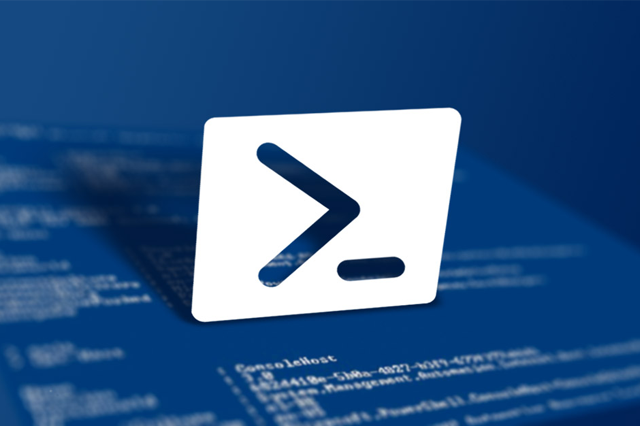PowerShell is a command line tool used to manage your computer networks. Microsoft has made a commitment to use PowerShell in managing their systems, and as Microsoft develops more and more applications, these too are capable of being managed through PowerShell.
Some technologies that you can manage with PowerShell include:
- Windows Servers and client computers
- Active Directory
- Microsoft Exchange Server
- SQL
- Office 365
- Azure
- AWS
- VMware
- Hyper-V
- Skype
- SharePoint
- Switches, Routers, Firewalls
- System Center
The cool thing about PowerShell is, you can use a single PowerShell session to manage all of those environments without having to use multiple windows. You can create a user in Active Directory, modify mailbox permissions, deploy servers to your environment, modify a SharePoint site, and make sure that your network equipment is in its desired configuration, all from the same PowerShell session.
Once you learn the way PowerShell uses cmdlets (pronounced command-lets), the same syntax is used between all those technologies listed above. A single line of PowerShell can be expanded into a script and used repeatedly over and over without changing the outcome.
People who learn PowerShell have an advantage over those that rely on other GUI methods. PowerShell users can manage disparate systems through a single PowerShell session, and yet the syntax of cmdlets do not change that much from system to system.
There are a number of IT professionals who will state they are familiar with PowerShell, but don’t really use it much. Considering the usefulness of PowerShell, especially in the Microsoft family of technologies, not using this powerful tool means that these professionals are not working in their most productive and efficient manner. A user who is tasked with updating 1000 records on a server can either go touch each record to update it, which could take hours, or within seconds, with one line of PowerShell code, this task could be completed. This is the greatest advantage to having a professional on staff who knows PowerShell.
Microsoft currently says that about 80% of Office 365 can be managed using the graphical user interface, leaving an additional 20% that goes untouched by those who are unfamiliar with PowerShell. In order to manage the full capabilities of the product, PowerShell is a necessity.
In the NEW AITP Members Only PowerShell Workshop being offered on April 26th, 2016, Donald Jacobs will be showing you how to manage Active Directory using only PowerShell. Participants will be connecting to a Domain Controller in a demo domain, adding users and groups to that domain using PowerShell.
Specific items which will be covered include:
- PowerShell remoting
- Adding a single user, and a group of users
- Changing a password
- Enabling and disabling users
- Adding and removing users to a group
- Searching for users, groups and objects
- And other useful tips
Donald will be covering the basics of Active Directory management using only PowerShell, and will also be talking about Azure and how the test environment was built for this workshop.
Towards the end, he will be talking about what each person should know about PowerShell and how Windows administrators can use it in their daily jobs. This will be a fun session that covers practical use scenarios, real life examples, and provides you with immediate benefits of knowledge you can use after attending.

Donald Jacobs began his IT career back when Windows NT was the biggest, best new technology in the field. Most recently, he has co-authored “Troubleshooting Windows Server with PowerShell”, due for release in September 2016. He has also been a Microsoft Certified Trainer instructing courses in PowerShell and Windows Server and earned a multitude of Microsoft certifications including MCSE Server Infrastructure 2012, MCSA Office 365, MCITP Enterprise Administrator 2008, MCTS for Windows 7. Currently Donald supports clients and customers with Microsoft products, emphasizing on PowerShell, Azure, Office 365, Active Directory, Exchange and Windows Server. In his downtime, he enjoys spending time with his family, watching hockey, and playing Dungeons & Dragons.

